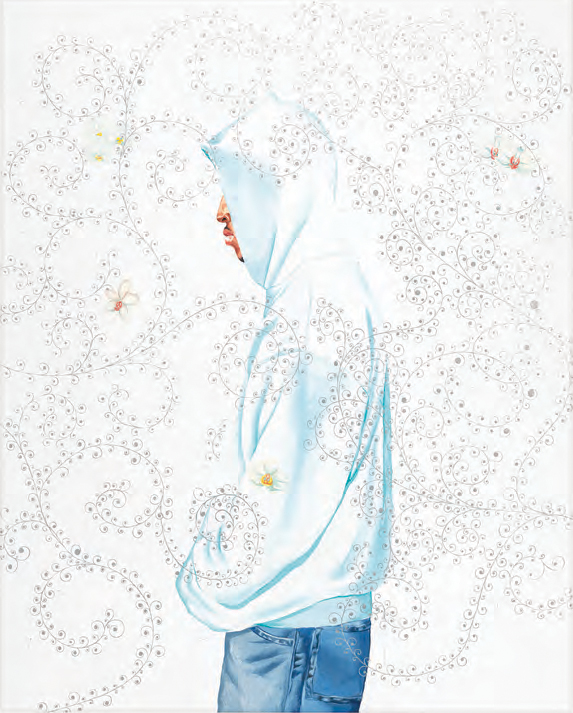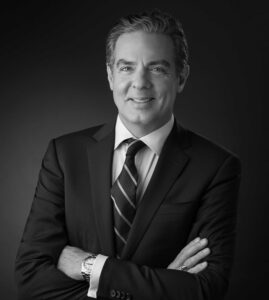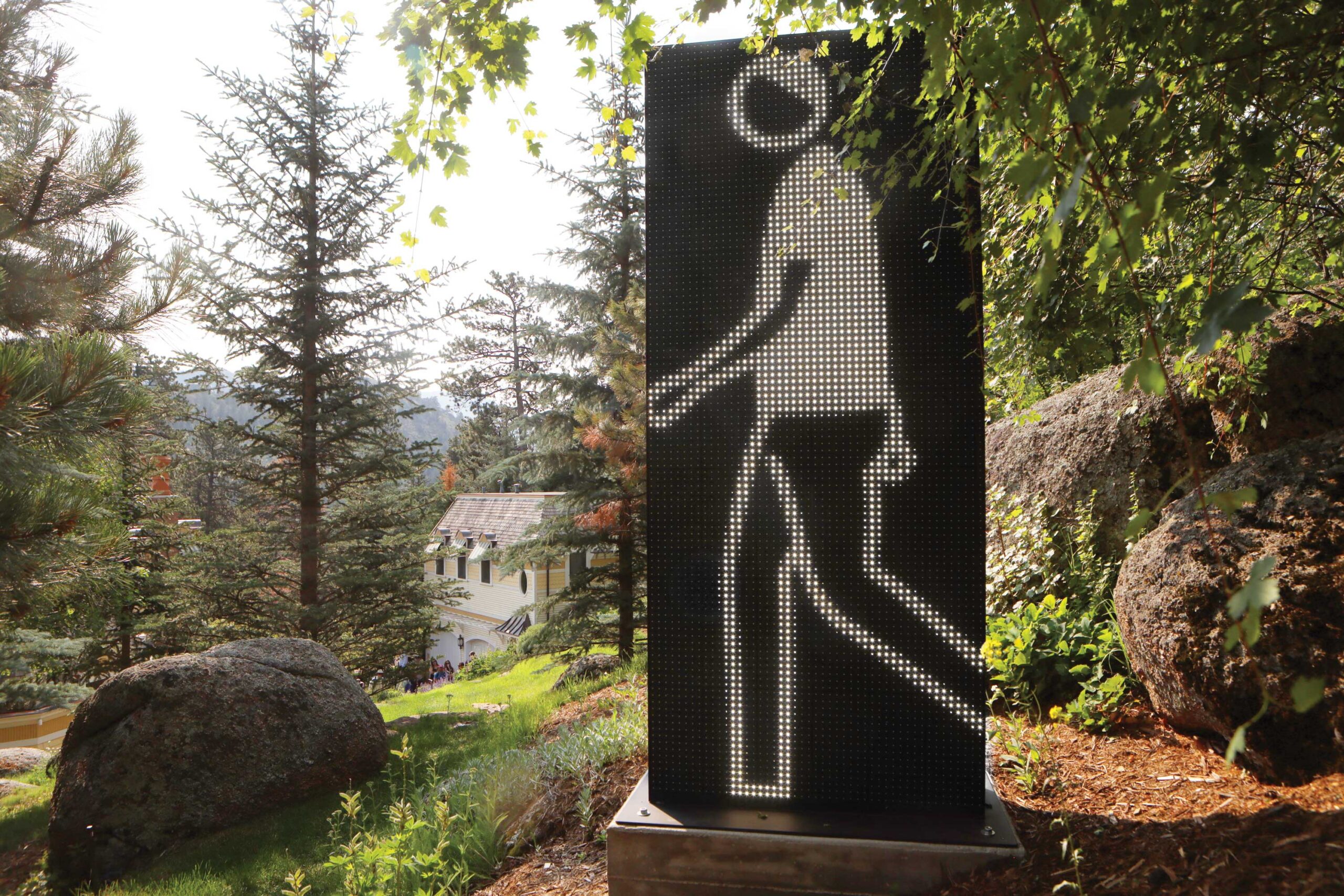
Fine Art Collection Spotlight > Christian Keesee moves frequently among his art-filled homes and offices in New York City, Oklahoma City, and Green Mountain Falls, Colorado. Though he enjoys his work as an investor and chairman of Oklahoma’s Kirkpatrick Bank, it is philanthropy that lies closer to his heart, particularly in the arts, education, animal well-being, conservation, and preservation. “But at the very center of everything I do is arts education,” Chris explains. “I truly believe that if you can draw, you have a certain kind of power over your life. Plus, as they say, ‘There is no harm in a little beauty.’”

Chris grew up in Oklahoma City, where he “came by art naturally because it was discussed by my family over dinner — not just how it’s made, but also collecting and how museums work.” His mother, Joan Kirkpatrick, majored in art at college, and her own mother had minored in it, then co-founded the Oklahoma City Museum of Art. His father, Konrad, had shifted from real estate to become an international representative for Christie’s, so it’s unsurprising that the family’s first stop when visiting a new place was its art museum.
Chris is grateful to have inherited many fine and decorative artworks through his family, which helps explain why roughly a third of his collection is by historical artists including Cassatt, Picasso, and Henri. (He has complemented them with his own purchases of Fragonard, Bierstadt, Boudin, Fantin-Latour, Gris, and others.) He is quick to note how deeply he has been inspired by his involvement with the Frick Collection, Tate Americas Foundation, and Metropolitan Museum of Art; it was Tate, for example, that familiarized him with British artists now in his collection, such as Julian Opie.
In 1989 Chris followed in his grandparents’ footsteps by founding another Oklahoma City institution, the Oklahoma Contemporary Arts Center, where he remains chairman. He raised $30 million to construct its new building, which opened in February 2020, just in time to close for the pandemic. That unveiling, he observes, “brought my collecting full circle — from my family’s original interest in art and education to supporting new artists as they come along.”
Chris’s own collecting journey started at 13, when he spent $50 on a print of an elegant blonde lounging on a settee, originally painted by Louis Icart (1888–1950). “She reminded me of my father’s mother, who had died young,” he explains. “And I still own it.” While at Pepperdine University, he bought a Peter Max painting, but art did not become a serious interest until he moved to Manhattan in his late 20s. There his father introduced him to the major galleries and auctioneers. He also hired Julie Maguire, who still manages his collection as well as the Brett Weston Archive, established by that great photographer (1911–1993) and acquired by Chris in 1996.
During those early New York years, Chris formed two groups of artworks. One was contemporary Canadian imagery, primarily of nature, for which he explored much of that scenic country. The other was “non-conformist” Soviet artists, who had been pushing communism’s constraints; he still relishes that scene’s excitement, as well as the thrill when his grandmother Eleanor invited the great Houston collector Dominique de Menil to see those unfamiliar pieces.
Today Chris’s art collection ranges widely in style and format. Among the living artists represented are Cat Balco, Vanessa Beecroft, Dan Colen, Michael Craig-Martin, Jose Dávila, Melvin Edwards, Olafur Eliasson, Christaan Felber, Zipora Fried, Robert Gober, Christopher Makos, Julian Opie, Tomás Saraceno, Richard Serra, Judith Turner, and James Turrell. He says his acquisitions are “based on both instincts and aesthetics, and also more practical matters like the money being available and having the time to focus. There is no particular method, but I buy mainly through the leading auction houses, galleries, and fairs.”
It’s always difficult for a passionate collector to choose a favorite, but when probed, Chris gamely cites his first major purchase, Richard Avedon’s famous 1955 photograph Dovima with Elephants, which he calls an “icon of the intersection of fashion and art.” It hangs in his bedroom, not far from another favorite, a small painting by Jean-Honoré Fragonard.
In 2006, Chris co-founded the Green Box Arts Festival near Colorado Springs with his partner, the choreographer Larry Keigwin. Much of its activity focuses on dance, but its grounds feature important installations such as the Opie monolith shown below. In June 2023 they unveiled a sky space commissioned from James Turrell. Chris notes that he and Larry recently deaccessioned almost 100 artworks; they subsequently rotated in other pieces and the new look “feels very good.”

Chris says he does not know all of “his” artists personally, and sometimes even worries that meeting them might affect his view of their art. Fortunately, he loved visiting Dan Colen’s studio in upstate New York and now they are friendly. When he spotted Christaan Felber’s work in The New York Times Magazine, he promptly “commissioned him to photograph my son, Blake, and me. Later he shot our houses in Oklahoma and New York. Relationships develop over time,” he concludes, “and that’s as it should be.”







